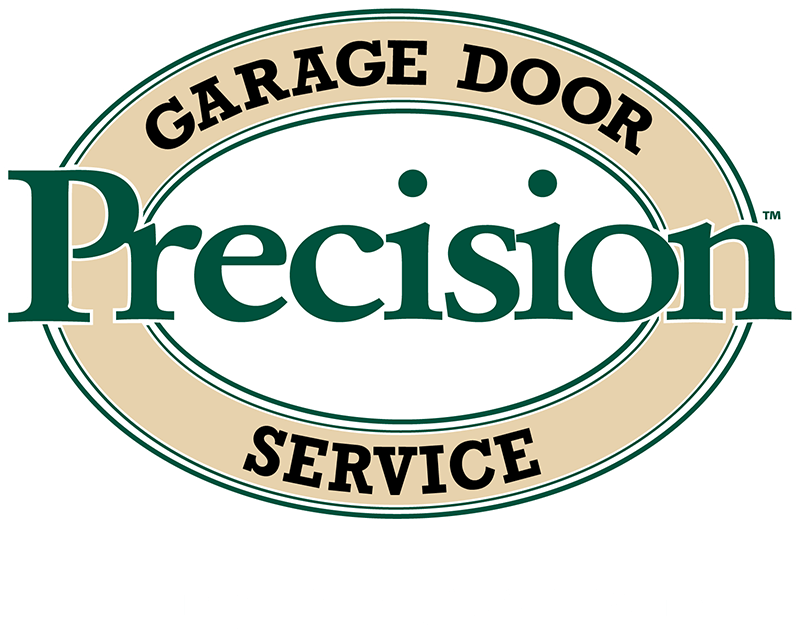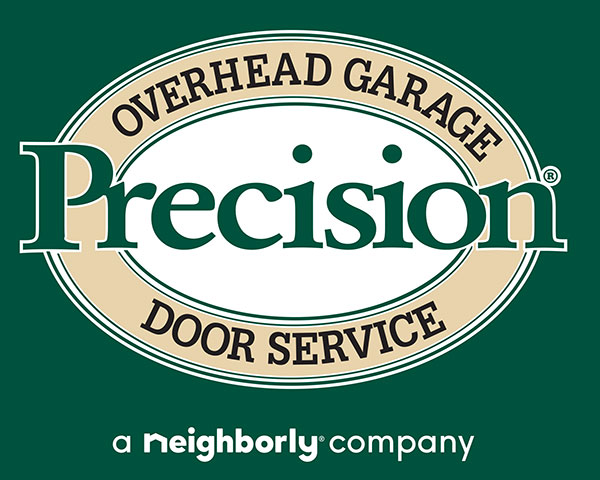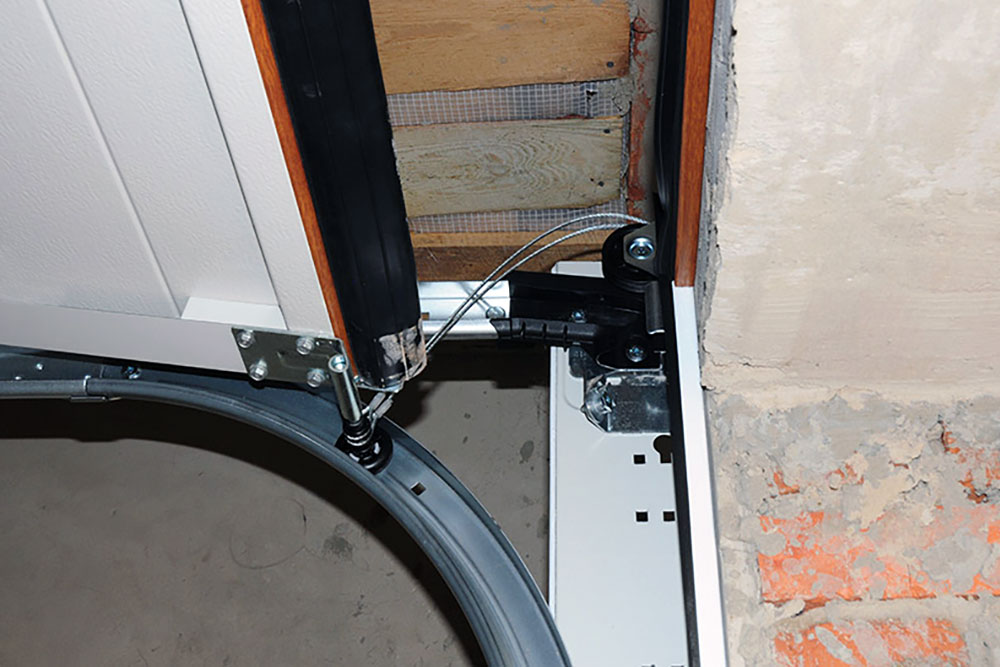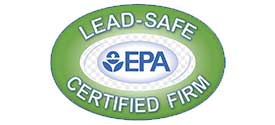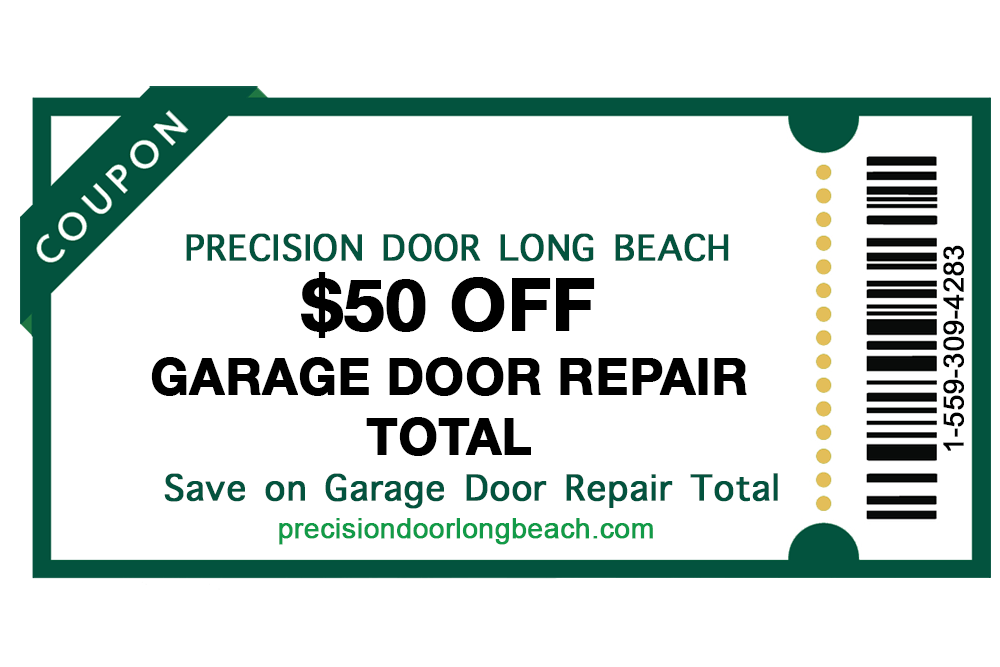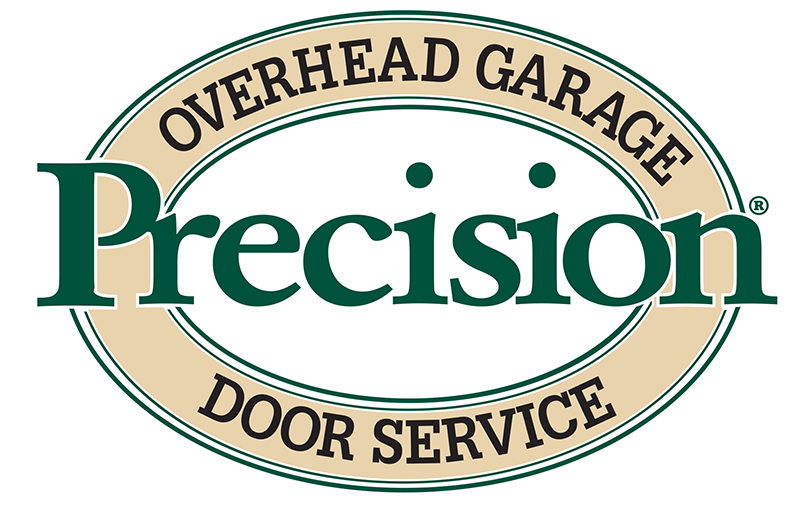The Experts in Long Beach Garages: Removing Air Leaks
Your garage door is one of the essential parts of your home. It allows you to park your car in a protected space and keeps your home safe from intruders and the weather. It would help if you kept working well by ensuring it’s insulated against air leaks, which can cause many problems. Air leaks allow water, moisture, and pests into your home. These leaks in Long Beach garages damage everything from the exterior walls to stored belongings.
Make Sure It Is Sealed Right
Don’t let air leaks cause problems with your garage door. It’s essential to ensure it’s sealed to work and lasts longer. Air leaks can cause your garage door not to work at all. Wear out faster than necessary due to the extra energy needed for opening and closing the doors.
The door trim is one of the most common places where air leaks occur. Since there are often gaps between the frame and wall where wind can get through, hinge areas are another place where you may find an air leak. They open when you lift them. When this happens over time, it causes rubber weather stripping around hinges to wear out and allows more room for cold or hot air. Winter/summer seasons.
Start With the Top of the Door
Look for gaps between the door and its frame and at its bottom. Make sure there is no crack between the edge of your garage door and its jamb as it can cause water damage to your home. Also, check around your hinges since these are common areas where air leaks occur.
Look around for any weather sealings that may have come loose during garage door installation. Maintenance ensures they’re sealed up so they don’t leave a gap in which cold air can enter your home through an opening in your garage door system.
Check the Bottom
If you have a garage door with a bottom panel, check for gaps around the perimeter of that panel. These gaps can allow air to get in and cause your door to lift when it’s closed. To fix this problem, use foam weather-stripping tape to fill any small gaps between the bottom of your garage door and its track.
If there’s insufficient space between your top panels, they touch each other on both sides when closed. It could lead to an uneven amount of tension on each side. It will cause them to rub and make noise while going up or down in their tracks! It is crucial if you find this issue with one side being too loose compared with another.
Then it would be best if you tightened both sides until they were equal again. Otherwise, one side will be under more stress than necessary. Causing premature wear over time, leading to replacement sooner rather than later!
Examine the Sides
If you can get inside your garage, examine the sides of your door. Look for any gaps or cracks between the door and frame. Check to see if weather stripping has come loose or fallen off. If it has, push it in place, and set it back into place with a hammer.
Suppose you find no visible problems. Move on to check all the hinges that hold up your garage door. They can become loose over time or even break off. If any are open, use a screwdriver to tighten them until they are snug.
Springs in Long Beach garages keep tension on both ends of the tracks, guiding its movement up and down. Suppose one breaks or becomes too weak due to age (or even wear and tear).
Then it won’t be able to do its job anymore since there will be plenty of air leaks where there shouldn’t be any! Before installing new ones, though, make sure all components are in good working order. Otherwise, this could lead only further problems down the line.
Look at the Threshold
Is there any space between the door and the threshold? It should be flush on both sides. Next, check that it’s level. If not, it can cause air leaks and make your garage door harder to close or open. Look around every side of this piece, gaps between its surroundings like floors, frames, and walls.
Check for cracks along its edges, on top and bottom (wherever a screw might stick out), around its perimeter (where screws, maybe), and anywhere else with joints or seams where two parts meet up.
Look for Air Leaks With a Blower Machine
Next, the technician will use a blower machine to test for air leaks. The blower machine is a powerful fan to locate the source of air leaks in your garage door system. The tech will place the blower on one side of the garage door and ensure it’s set at full speed before closing the other side.
If there are gaps in between where you can see the light coming through, an air leak is present, and it needs to be sealed with some foam weather-stripping or silicone caulk.
Apply a Foam Weather Seal That Doesn’t Yellow
They’ll apply a foam weather seal that doesn’t yellow for the best results. It helps to keep garage doors working smoothly and stops air leaks. It’s important to note that this is not a permanent solution—you’ll need to replace it every two years.
However, if you’re facing other problems, such as a broken spring or worn-out tracks on your garage door, you might want to consider replacing them instead of just sealing up the air leaks.
Check to Make Sure Garage Door Is Well-Lubricated
Once your garage door is installed, it should be well lubricated. Lubrication helps the door roll up and down smoothly, operates quietly, and prevents wear and tear on the tracks. If a garage door isn’t correctly lubricated or there are air leaks in the system, it will take more effort to open and close—and could even damage the rollers or track.
The good news is that when you call in a pro to check for air leaks, they’ll also ensure your garage door opener is well lubricated or maybe even provide you with a new garage door opener in Long Beach!
Assistance With Long Beach Garages
Now that you’ve taken care of all these potential leaks, you’ll be able to use your door much more quickly. If you find that you need help, don’t hesitate to contact a company that specializes in garage doors and can even provide you with a garage door opener.
